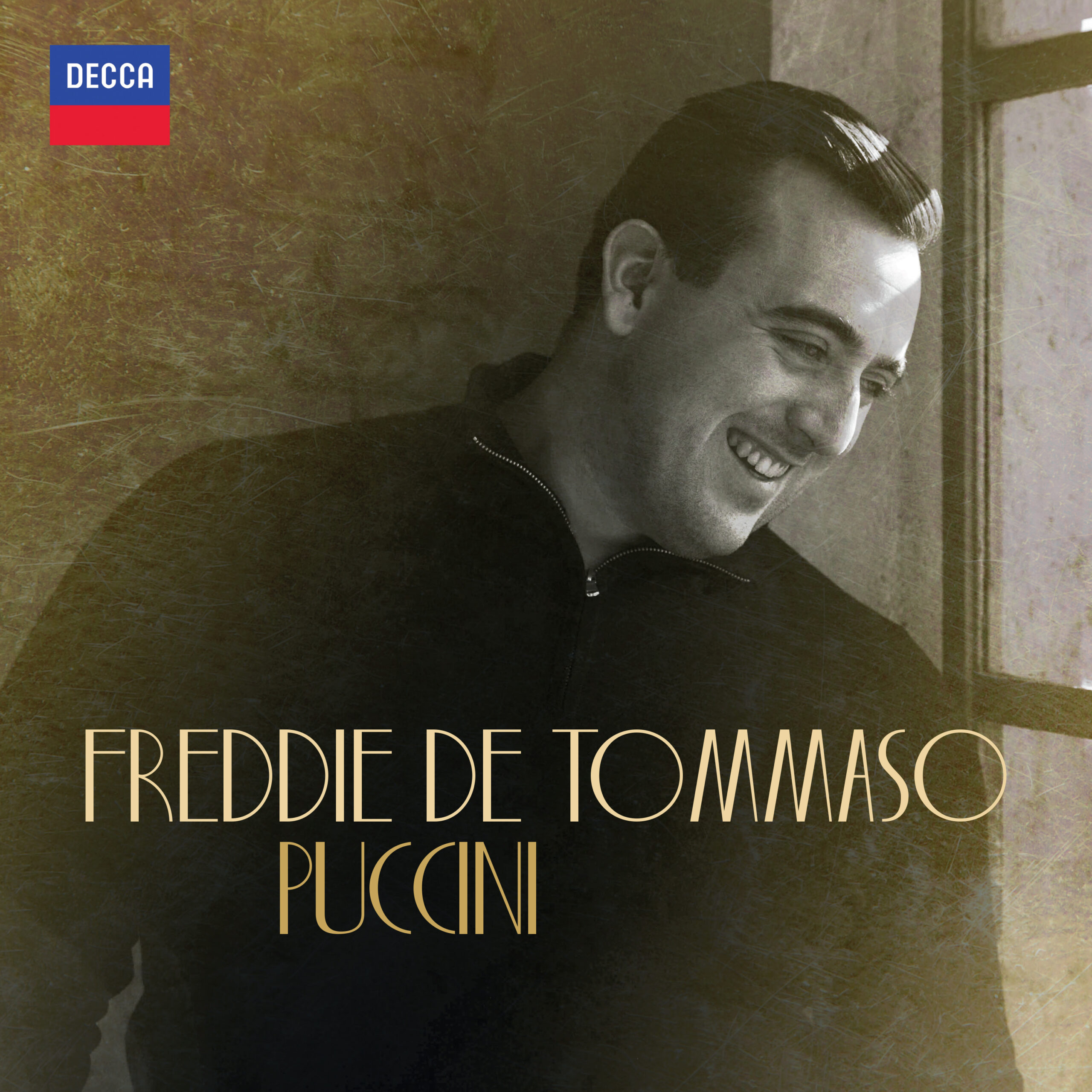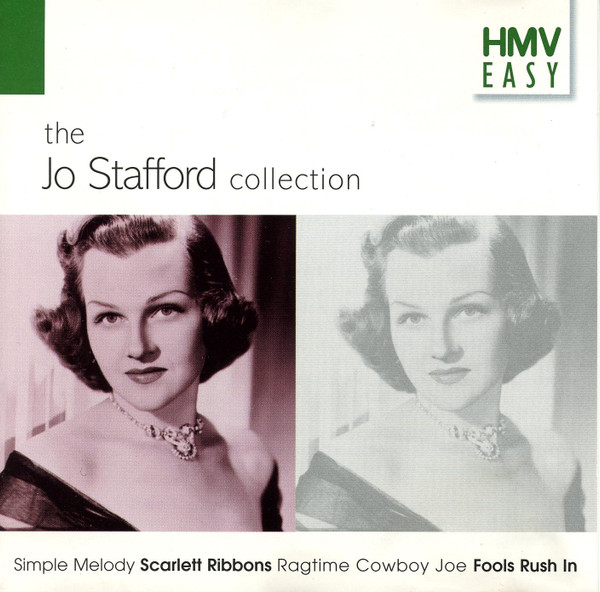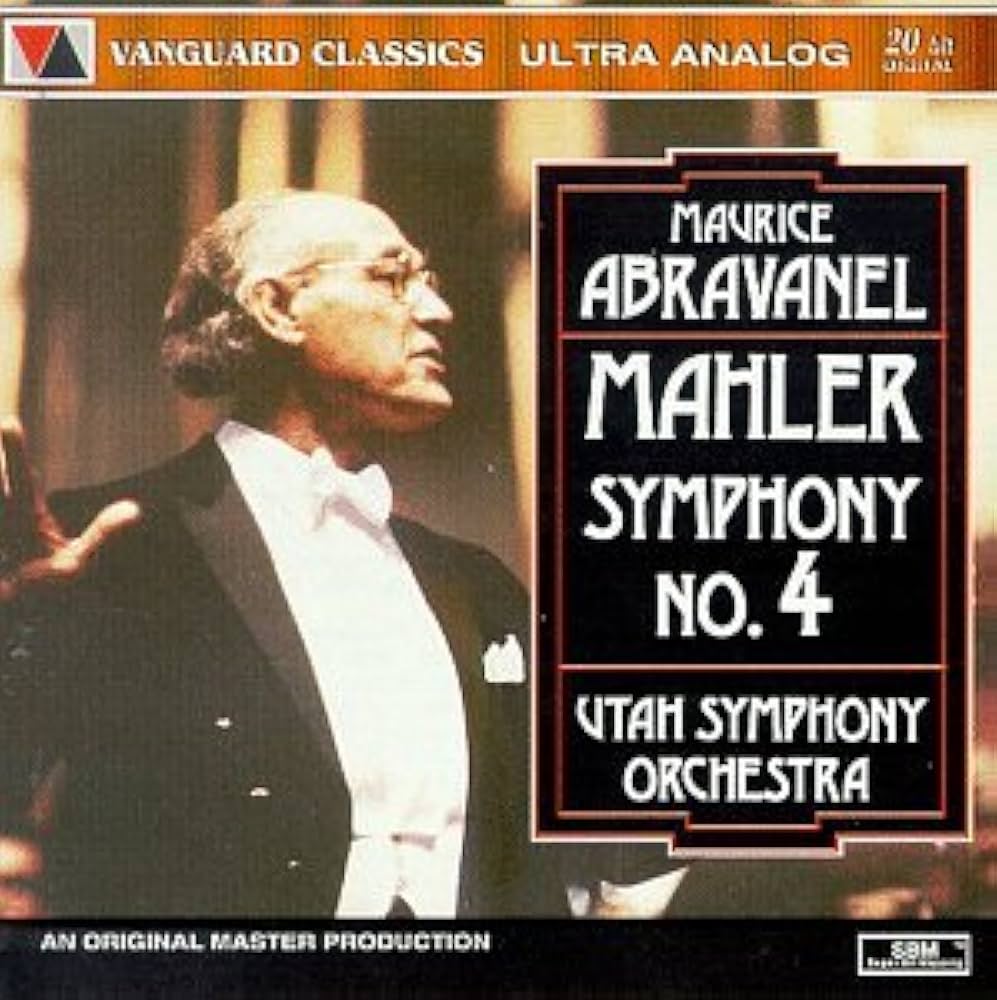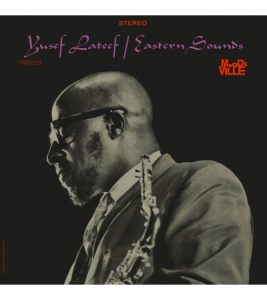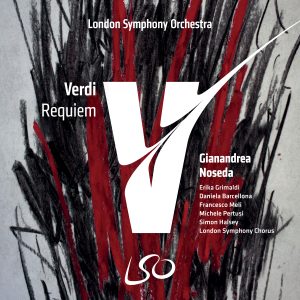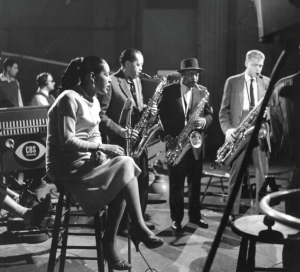Berlioz, Symphonie fantastique. Roméo et Juliette: Scène d'amour. Cincinnati Symphony Orchestra/Paavo Järvi. Telarc CD-80578. TT: 71.22. Downloads: classicalarchives.com (mp3)
Like Cala Records and Avie Records, which I've recently discussed, Telarc Records, based in Cleveland, was created as an audiophile label. At first, they briefly pursued the "direct-to-disc" blind alley with Advent Records' Direct from Cleveland, presenting Lorin Maazel and the Cleveland Orchestra in a smattering of overtures and dance movements. The engineers recorded the performances, not on tape, but directly onto lacquers. LPs were then pressed directly from the lacquer master, 78-rpm style; when it wore out, that was it. The results were hailed for their brilliance and immediacy, but you couldn't really hazard large-scale orchestral works, and the number of copies was necessarily finite: when the lacquer wore out, that was it.
Once this technique petered out, Telarc pivoted to "digital LPs"—vinyl pressings of digitally recorded music—like everyone else. They quickly gained a reputation for excellence, particularly for their hometown productions, with Maazel serving up sparkling Tchaikovsky, Shostakovich, and Berlioz. For the big choral works, the company snapped up Robert Shaw in Atlanta, though the greyish sound of most of his series was less impressive. After Maazel's departure from Cleveland, Christoph von Dohnányi's Beethoven cycle sounded fuzzy and out-of-phase; across the state, the Cincinnati Symphony wasn't on a comparable level (though it was better than Atlanta's), and Jesús López-Cobos was an inconsistent interpreter.
Paavo Järvi's arrival in Cincinnati improved matters, sometimes considerably so. In the Symphonie fantastique, the Scène aux champs, the central slow movement, can be a sticking point.. It's deceptively static, and, even on otherwise great recordings—Colin Davis's first two (Philips), the second Karajan (DG), Munch (RCA or, better, Hungaroton)—can become a snoozefest. Järvi, unexpectedly, delivers the best performance I've ever heard. Counterintuitively, he unfolds the opening English-horn and oboe solos more spaciously than most, maintaining tension that holds the listener far better than in conventionally flowing accounts. The string landings are cushiony, yet resonant; the climaxes, for once, emerge organically—pardon the buzzword—rather than arising unmotivated, out of nothing. Järvi really nurtures the clarinet solo over pizzicato strings, and the final distant rumblings, while ominous, only slightly break the mood. Remarkably well done.
The rest, alas, is capable but less distinguished. The woodwinds are surprisingly reticent, or tentative, in the opening bar, which doesn't augur well. The clear strings, blended like a chorus, immediately add body to the sound, and the rhythm becomes buoyant, but the first horn solo suffers a burble. The principal theme goes with clarity and grace, but beyond that, it's pretty ordinary. In the fleet, gracious waltz, Järvi deploys the optional cornets noncommittally, tactfully blending them into the texture; I'd have preferred them more prominent—as, I suspect, will most people—and, in the home stretch, they cause some miscoordinations in the previously impeccably controlled ritards.
Following the slow movement, the climaxes in the March to the Scaffold and the finale sound particularly impressive in the louder outbursts, captured with vivid depth in Telarc's engineering. Quieter details aren't quite right, however. At the start of the March, the muted trombones are oddly eerie rather than ominous, but, when the tuba joins them, its heavier sonority doesn't match. The pianissimo tremolo at the finale's start is nearly inaudible; conversely, in the final, noisy tutti, the trombone arpeggios cut through with unusual, and welcome, clarity.
Although the practice of playing individual movements from symphonies mostly died out over the last century or thereabouts—with Pops concerts the inevitable exception—the Love Scene from Berlioz's Roméo remains an occasional exception, perhaps because the full score, involving chorus and soloists, is so large an undertaking. Järvi's rendition suffers the usual problem, that the repetitive introductory bars are too literally waiting for something to happen. Once the Big Tune and the various other themes come into play, however, the conductor inflects them expressively, bringing out the varied colors appealingly.
Is this a record a collector needs? I'd not give it pride of place over the other versions I mentioned. But conducting students, particularly, really ought to hear that Scène aux champs. Streaming, anyone?
stevedisque.wordpress.com/blog





